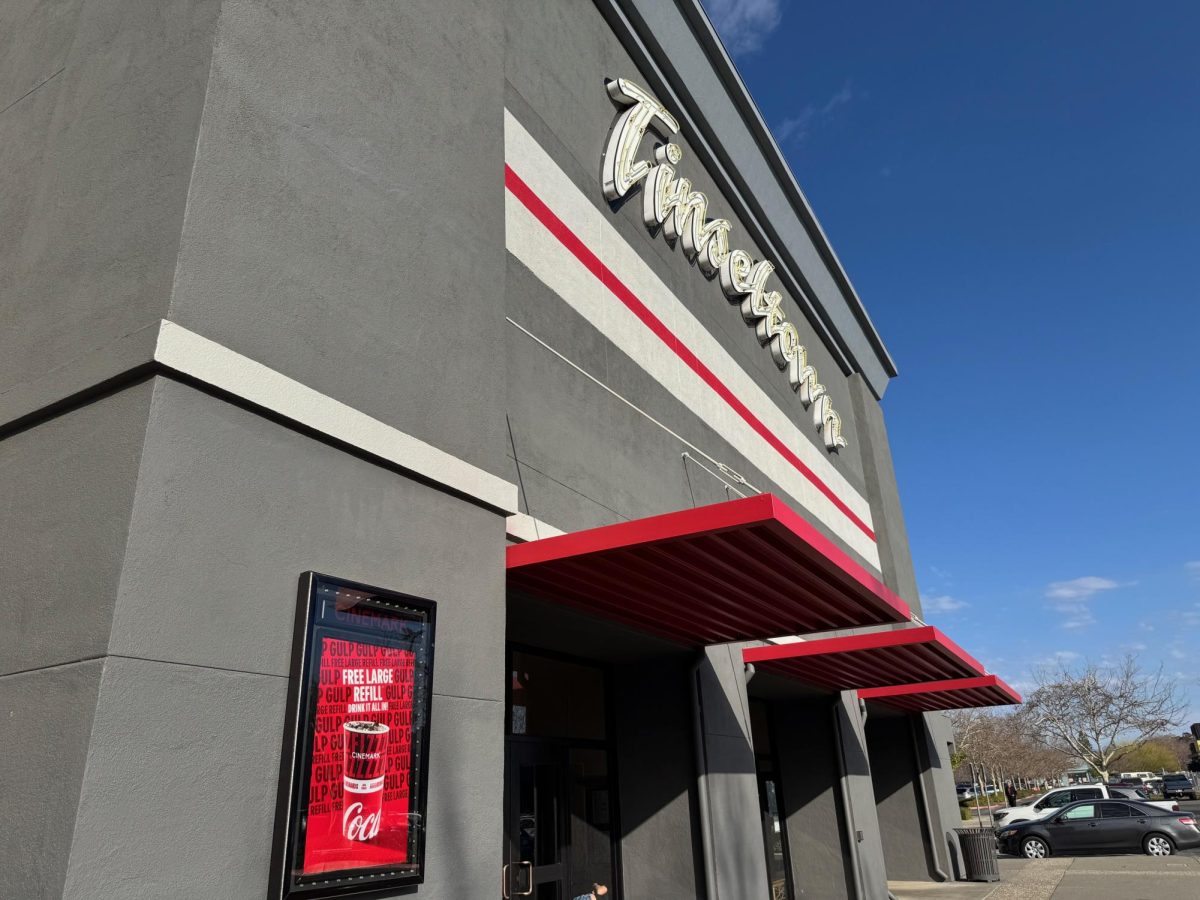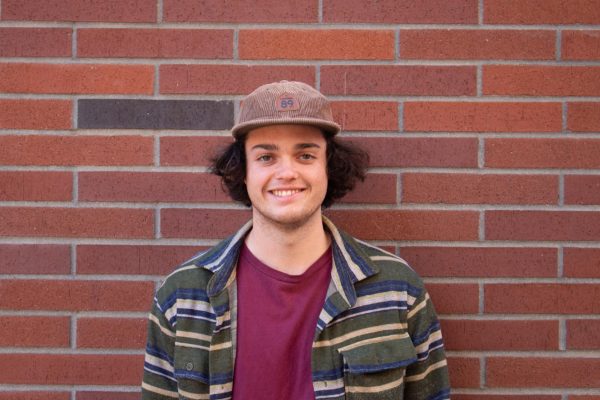“Presence” captures the unfiltered rawness of family life through the point-of-view of a ghost in an exceptionally experimental way. As a family settles into their new house, secrets and tensions are revealed while the plot unravels into a nail-biting, suspenseful thriller.
Directed by Steven Soderbergh – who also was the camera operator and cinematographer – and written by David Koepp, the film takes on what seems to be an impossible challenge, telling a story through the eyes of a ghost in a series of single-take point-of-view shots.
Initially, the POV felt unnerving, helplessly ushered through the world glued to the ghost’s perspective. But, as the movie carried along it became more comfortable as the ghost and audience settled into the world and had a better understanding of the family.
Rebekah, a hard-working and often neglectful mom – though only to her daughter – was revealed to be caught up in legal trouble. Chris was a caring and compassionate father whose focus tended to be on the grieving daughter. Tyler, a champion swimmer and typical high school jock, relished his admiration for his mom and popularity at school.
The daughter, Chloe – played by Callina Liang – arrived at the new house with more baggage than just her clothes; she, also, recently lost two friends to an overdose. Rebekah, caring only for the betterment of her son, acted as if Chloe didn’t exist – something that brought tension into her marriage with Chris. As Chloe settles into the house, she senses something is off, regularly looking right at the ghost.
The ghost seems interested in Chloe and trails after her. It even goes so far as to settle in her closet. When the ghost moves Chloe’s books off her bed, she freaks out. Fear and suspicion grow until they reach a breaking point after her shelf collapses as she is about to have sex with her brother’s friend Ryan.
West Mulholland, who plays Ryan, gives an over-the-top, shallow performance that leaves very little to be uncovered throughout the film. His unnerving nature and edgy, wanna-be poet-esque way of speaking was so blatant and creepy from the beginning that it’s unbelievable that nobody became suspicious of him.
I was enthralled by Chris Sullivan’s performance as his – The film played like found footage, and he played an honest and grounded character, a father figure that you would immediately recognize. His performance was subtle yet fit snugly into the tone and rhythm of the film.
The film was shot on a Sony A7 with a wide lens and rigged by a DJI Ronin stabilizer. While the movement felt disturbingly real, the wide lens made for an awkward viewing experience. It felt like we were looking through a camera rather than through the eyes of a person.
In an interview with Indiewire, Soderbergh shared that his decision to use a wider lens was to make it feel more like the audience was moving through space. While he may have achieved that feeling, it was distracting and took me out of the world.
The editing choices were also unique and forced due to the nature of the film being shot all in POV. Every shot was a single take and Soderbergh used varied lengths of black screens to represent the amount of time passing between each scene. The single takes were very effective, drawing you in throughout the scene and working to connect you more closely with the ghost.
But the transitions needed work. It was jarring to enter a scene and then all of a sudden to start moving like a person; it felt forced and manufactured. We needed some type of movement or something similar to create a feeling that the world wasn’t just starting on “action.”
Throughout the movie, there are moments when the ghost interacts with the real world, whether it’s moving books or destroying a bedroom. Through the eyes of the ghost, we stalk this family, spying on their most intimate moments. In all movies, we view the world through the camera, but something felt particularly unnerving about the way in which we watch this film. The POV shot, the lens choice, the natural lighting and the realness in the performances all work together to make the viewer feel complicit in the ghost’s actions.
So, in the climax when we have no choice but to watch as Chloe is in life-threatening danger by a trusted friend, we plead for the ghost to put a stop to the terror approaching. Unraveling the plot and learning how to navigate this world with the ghost creates a deeply intimate connection. In the film, we are given power through the ghost, given the impression that our interests align so closely with the ghost as it had shown repeatedly to protect Chloe. But then, we’re stripped of that power as we are reminded of our place, audience members constrained to our seats with no choice but to watch, helpless to the impending danger. That is the true terror of “Presence.”
“Presence” is now showing at Cinemark.
Chris Hutton can be reached at orionmanagingeditor@gmail.com or cshutton@csuchico.edu








